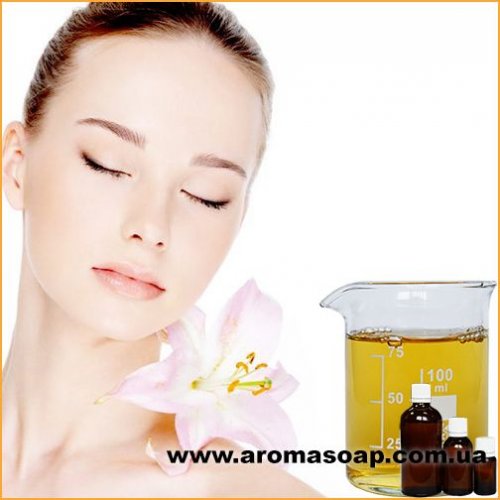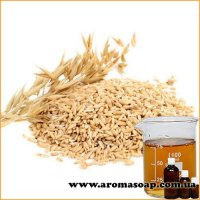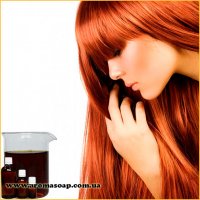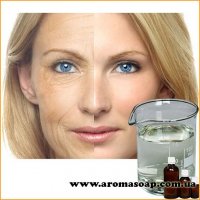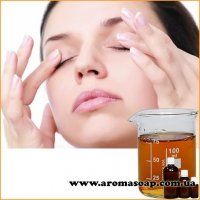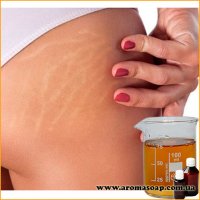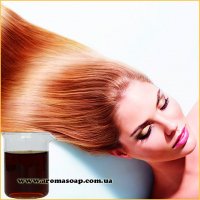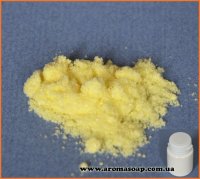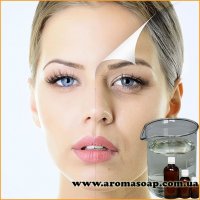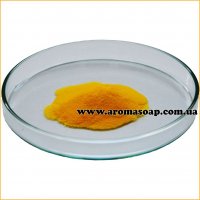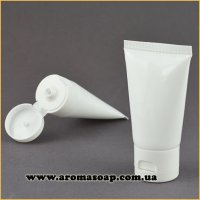Complex Collagen and Chitosan
Collagen Chitosan
Appearance: white-cream opalescent liquid
Solution pH: 2.8
Complex “Collagen with chitosan” is a combination of synergistic biopolymers stabilized in glycerin, an effective additive to skin and hair care cosmetics.
Collagen is the main filamentous protein of connective tissue in humans and animals, making up 25 to 45% of the proteins in the entire body of mammals. It is part of the dermis, tendons, ligaments, walls of blood vessels, as well as bones. Absent in plants, fungi and other microorganisms. Thus, collagen protein performs a structure-forming, supporting and protective function. Together with elastin, collagen forms the “base” of the skin, which prevents sagging and provides elasticity and firmness.
The product of collagen denaturation is gelatin. The primary structure of collagen protein is characterized by a high glycine content. Collagen is one of the few animal proteins that contain non-standard amino acid residues: about 21% of the total residues are 3-hydroxyproline, 4-hydroxyproline and 5-hydroxylysine.
Collagen is included in cosmetic products for:
- Formation of a breathable, moisture-retaining layer on the surface of the skin, which has smoothing properties similar to a “wet compress”; Extending the action of extracts, oils, etc. in cosmetic compositions; Adding shine to hair, creating a collagen (protective) layer on the surface of the hair.
Chitosan is a polysaccharide obtained from the chitinous shell of crustaceans
a kind of analogue of collagen in function. Chitin is the main component of the exoskeleton of arthropods and a number of other invertebrates; it is part of the cell wall of fungi.
The chitosan molecule has a number of unique properties:
- contains a large number of free amino groups, which allows it to bind hydrogen ions and acquire an excess positive charge; Thus, chitosan is a cationic polymer; this circumstance explains the ability of chitosan to bind and firmly hold ions of various metals, including radioactive isotopes and toxic elements;
- forms many hydrogen bonds, therefore binds and holds organic water-soluble substances;
- due to the molecular sieve effect and hydrophobic interactions, it can bind saturated hydrocarbons, fats and fat-soluble compounds.
All together makes chitosan an excellent sorption agent.
Chitosan is characterized by mucoadhesive properties, that is, the ability to adhere to mucous membranes. Chitosan gels improve the transport of water-soluble components through the stratum corneum. Therefore, chitosan is used in the creation of artificial skin, patches and ointments for wound healing.
The water-retaining ability of chitosan is similar to that of hyaluronic acid.
Chitosan has antibacterial and antifungal effects; At the same time, chitosan oligomers can work as prebiotics, improving the qualitative composition of the skin microbiome.
The Collagen + Chitosan complex can be used as:
- a moisturizing additive in masks, creams and serums, to enhance the transport of other ingredients into the skin;
- lifting component in anti-age cosmetics;
- a wound-healing active with antimicrobial activity in post-peeling products for damaged, irritated, chapped skin;
- natural conditioner for hair and skin;
- a smoothing, protective active that adds shine and strength to the hair shaft;
- as part of leave-in sprays, it helps to make hair heavier, creates a lamination effect, and reduces hair porosity.
Dosage: 1-5%
Store in a dark, cool place

